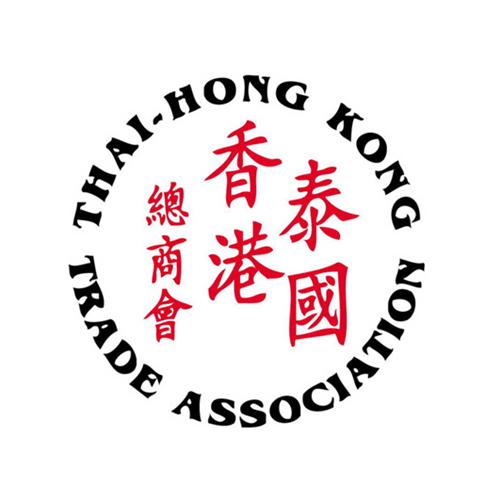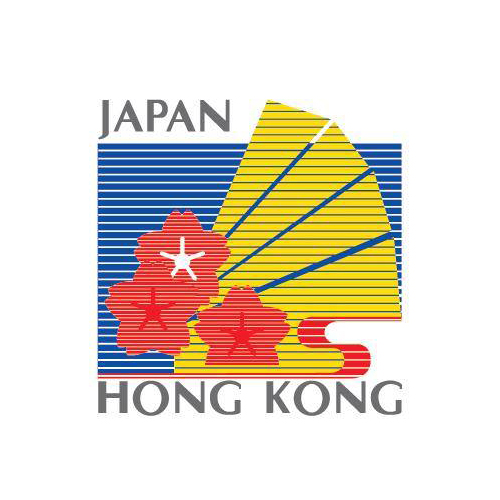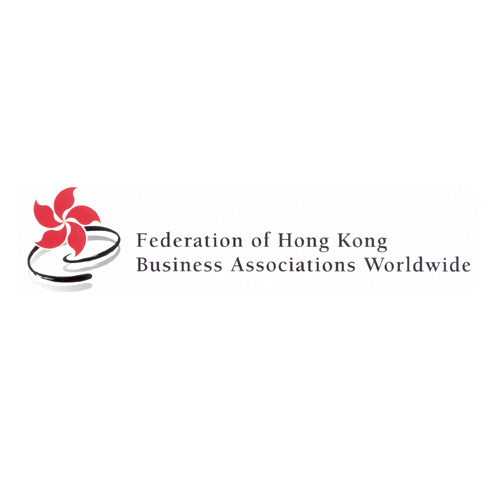Want to be in the loop?
subscribe to
our notification
Business News
MANUFACTURING FIRMS OPTIMISTIC ABOUT Q2 BUSINESS OUTLOOK
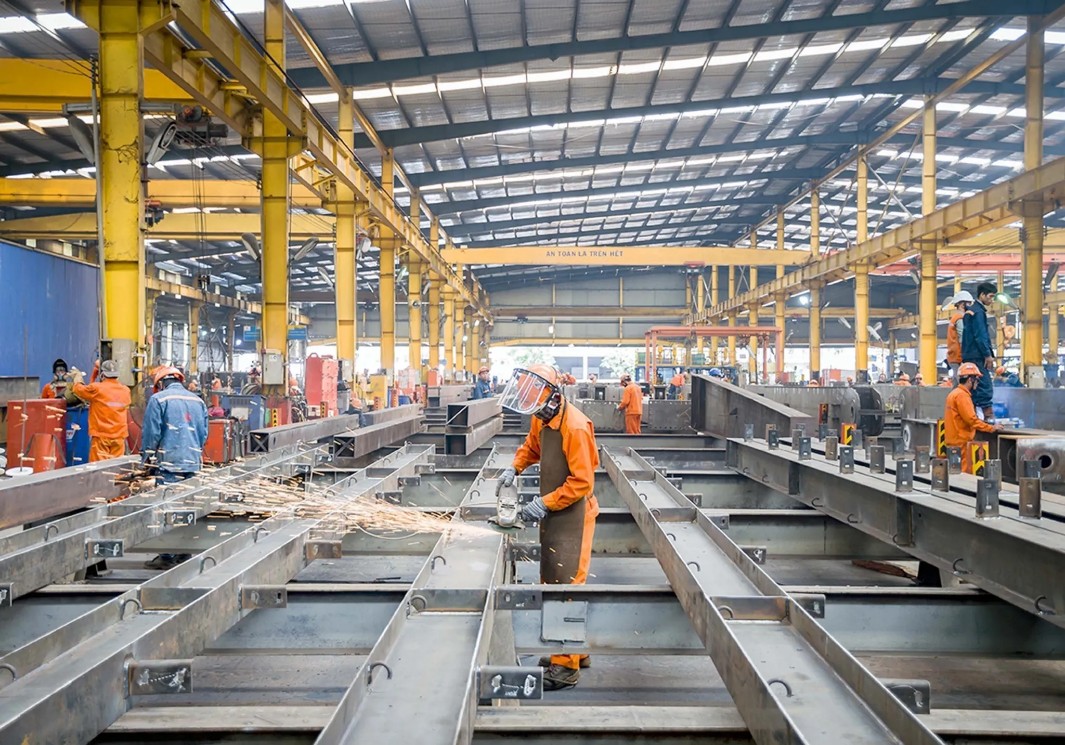
Workers are seen at a local factory - PHOTO: VNA
HCMC – Nearly 46% of manufacturing and processing firms expect better business conditions in the second quarter of the year, according to a survey released by the General Statistics Office (GSO).
The survey found that 45.8% of firms expect conditions to improve, 39.2% anticipate stability, and 15% forecast greater challenges, according to the Vietnam News Agency.
Notably, foreign-invested enterprises (FDI) are the most optimistic, with 87% expecting business conditions in the second quarter to improve or remain stable. The corresponding figures are 84.7% for state-owned enterprises and 84.1% for non-state firms.
In terms of production volume, 45.1% expect output to rise, while 40.9% anticipate stable levels and 14% forecast a decline. Around 43.3% of firms predict an increase in new orders, 42.8% expect volumes to remain unchanged, and 13.9% foresee a decrease.
Regarding export orders, 37.8% of enterprises forecast an increase in new export orders, 48.9% expect volumes to remain steady, and 13.3% anticipate a decline.
GSO leaders noted that the national economy will continue to face major challenges in the second quarter.
Businesses may struggle with capital shortages, which could force them to scale back production if working capital is not replenished in time. In addition, shifts in tariff policies are expected to increase price pressures and further erode the competitiveness of Vietnamese products.
Source: The Saigon Times
Related News

GOLDEN DEAL, KNOCK-DOWN OFFER
Are you ready for a fun-filled family vacation. Don't miss the super attractive Family Staycation package at Becamex Hotel. 2 days 1 night package with full amenities and free activities: Buffet breakfast, Swimming, tennis, bicycle, gym, sauna, cool ice cream, 300.000 VND service voucher and many other offers! Contact now for detailed advice.

"BEARY CHRISTMAS" CHARITY PROGRAM
As the Festive Season approaches, Caravelle Saigon, in collaboration with VinaCapital Foundation (VCF), is bringing a heartwarming charitable initiative to life — and we are delighted to invite all HKBAV members to take part in the very first “Beary Christmas” Charity Program. By adopting a Caravelle Bear for VND 299,000 nett, you will be directly supporting children battling cancer in Vietnam through VCF’s Can-Care/Can-Clover Program.

SOILBUILD INTERNATIONAL WINS “BEST INDUSTRIAL DEVELOPMENT” AWARD FOR SPECTRUM NGHE AN AT THE PROPERTYGURU VIETNAM PROPERTY AWARDS 2025
Soilbuild International is pleased to announce that its project, Spectrum Nghe An, has been awarded Best Industrial Development at the PropertyGuru Vietnam Property Awards 2025, held on 24th of October 2025, in Ho Chi Minh City. The PropertyGuru Vietnam Property Awards is part of the prestigious PropertyGuru Asia Property Awards series, the largest and most respected real estate awards programme in Asia.

WEBINAR: 2025 VIETNAM KEY TAX FINALISATION, UPDATES ON TAX CHANGES AND GLOBAL MINIMUM TAX
Dear Valued Client,We would like to invite you to our webinars on Friday, 12 December 2025, and Tuesday, 16 December 2025, to review and learn about key 2025 tax finalisation topics and stay ahead with the latest tax changes.
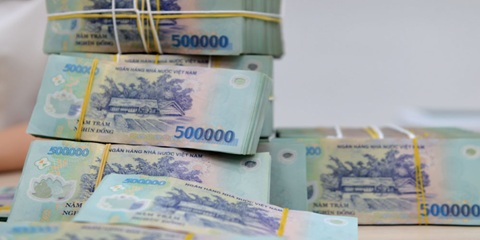
NEW ECONOMIC POLICIES EFFECTIVE THIS DECEMBER
Government Decree 304/2025, effective December 1, sets stricter conditions for seizing collateral, especially assets that are a borrower’s sole residence or essential work tools. In such cases, lenders must set aside a compensation amount equivalent to six to twelve months of minimum wage. The measure aims to improve transparency in bad debt handling and reduce credit risk in the banking system.

QUANG NINH TARGETS VND58 TRILLION IN TOURISM REVENUE
Quang Ninh Province is aiming to generate VND58 trillion in tourism revenue this year after surpassing its goal of 21 million visitors, driven by new tourism products, expanded nighttime activities, and large-scale events. As of mid-November 2025, Quang Ninh had welcomed 21.28 million visitors, up 12% year-on-year. Tourism revenue reached at least VND57 trillion, a 22.46% increase from the same period last year. With its visitor target achieved, the province is now pushing toward its revenue goal of VND58 trillion.















